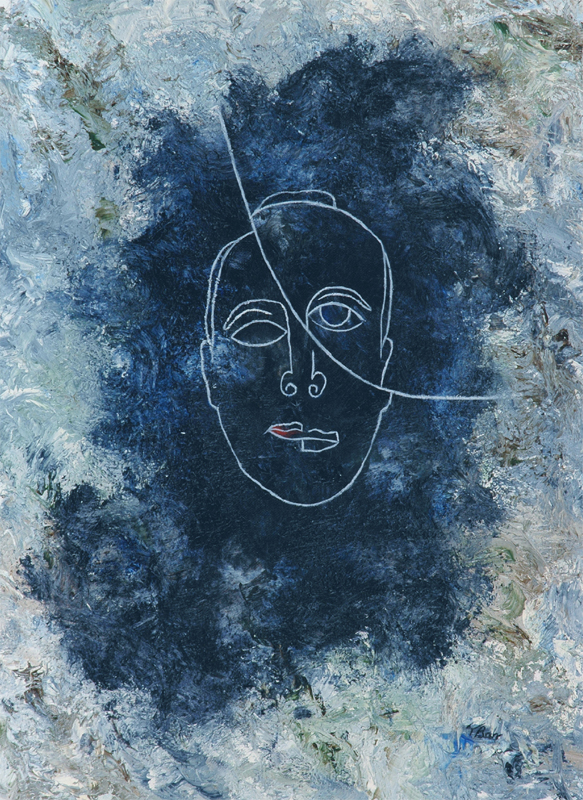I am a Northern Irish painter, born in Dromore and with my studio in Banbridge. I have spent most of my working life based in these small towns on the outskirts of the capital city, Belfast.
For me the title “artist” describes a way of being rather than a way of doing. It has allowed me to travel and to create extensively across Europe, the Middle East and beyond. This is an essential part of my practice and I find great inspiration in the lives of those I meet and the places they inhabit. The artistic legacy and techniques of Northern Ireland are also an important part of my creative process. From the ancient standing stones to the highly charged graffiti of our cities these are embroidered into the fabric of society. I do not seek to be limited by, or to disguise my influences, considering them all just part of who I am.
My icons rely on symbolism to reflect and interpret the world as I see it, via a highly personalised form of abstraction. I love the idea that I can draw something, somewhere or someone and then iteratively abstract that drawing to create an image which captures a meaning, a beauty or an instant in time for the original subject. Even in tense uneasy situations an accurate interpretation of what I am seeing and feeling is necessary in allowing me to make
 | ||||
"The land determines the people’s existence and shapes an identity linking them to the landscape. Tommy’s works further define our connection to our land, to our beliefs and to our identity”.
Clodagh Doyle
Curator
National Museum of Ireland
each icon a personal statement. However the abstraction means that the images are never definitively rendered, allowing the space for each viewer to interpret based on their own experiences and hopefully also enjoy each icon in a personal way.
Living as an artist is a privilege and creating the works has been my reward. And so I am always grateful for the many invitations and the encouragement which I have been given. There is always much to inspire us when we take the time to look, and looking and contemplating are half of creating.
I will leave you with Clodagh’s insightful assessment below.
All the best

